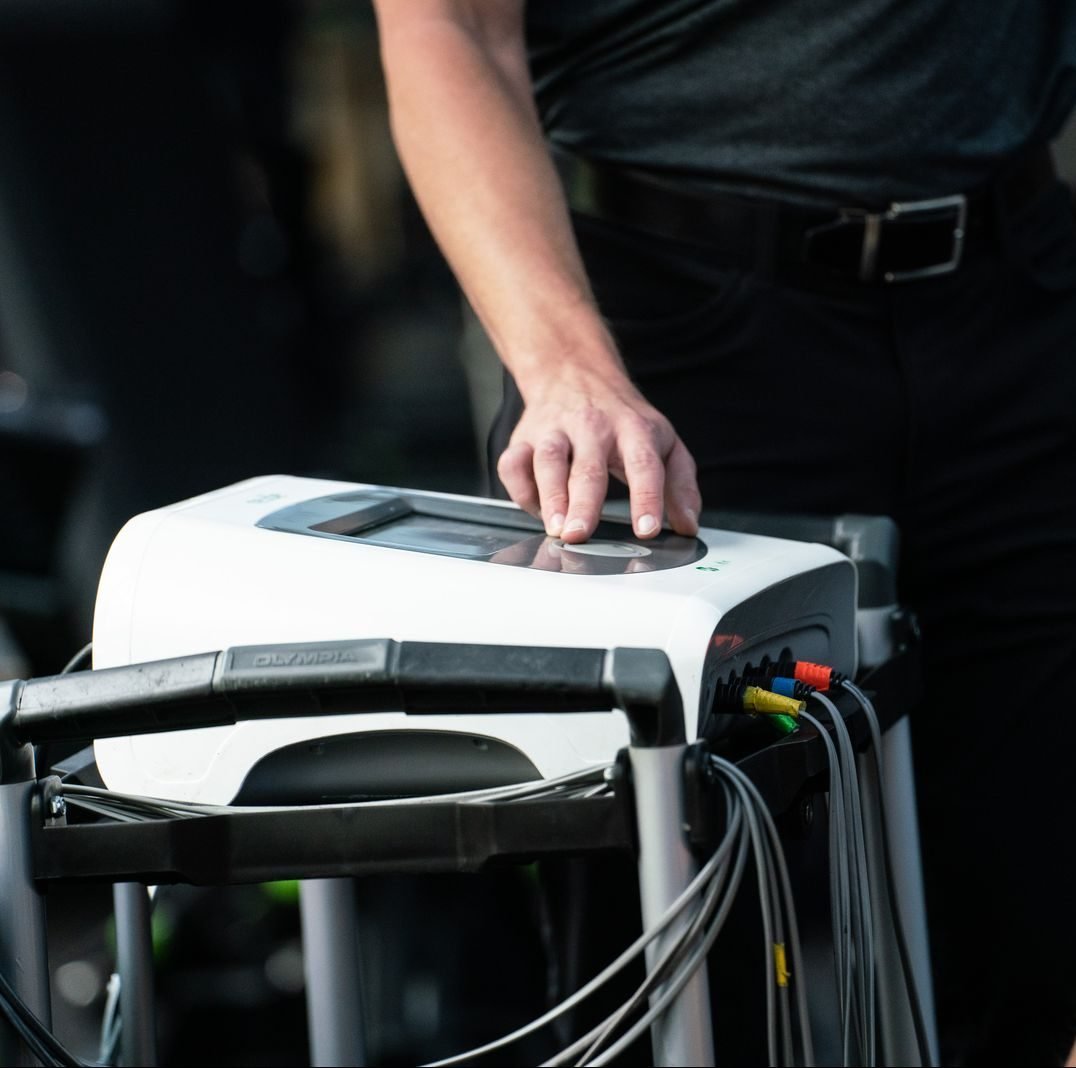As we learn more about neuroscience and the plasticity of the human brain, it becomes clear how our brains are constantly adapting to our experiences. The brain has limited real estate, and pathways that fire often are given priority. When pathways don’t fire often, their space is actually given to others that do. How is this relevant to seniors? Well, the longer certain pathways are reinforced, the more ingrained they become.
Every part of the human body maps to a certain part of the brain. Like all other “brain maps,” the real estate in this part of the brain is competitive. That means if part of the body doesn’t get stimulation, the corresponding part of the brain will atrophy. During a lifetime of wearing shoes with thick, protective soles, the amount of stimulation to a person’s feet is diminished. In fact, shoes decrease that amount of stimulation so much that the part of the brain that maps to the feet will get smaller. When that happens, a person literally has less control of his legs because his brain cannot as effectively identify where in space his feet are.
So, what is the solution? Fortunately we know that, even in old age, the human brain can still change and adapt. That means more stimulation to the feet will cause that part of the brain to grow, and as that part of the brain grows control of the feet and legs improves. The beauty of this strategy is that it’s so simple. Any stimulation to the feet will help, whether it be a foot reflexology massage, using the NeuFit stimulation modalities, or just simply walking barefoot.
A similar situation can occur in case of injury when an injured limb is immobilized in a cast or brace. The human brain is so adaptable that brain areas mapping to the immobilized body part can change in as little as 4-8 weeks. Fortunately, Neufit technology allows us to safely create appropriate stimulation to reconnect the brain and injured limb, allowing better coordination and dramatically reducing the risk of re-injury.

